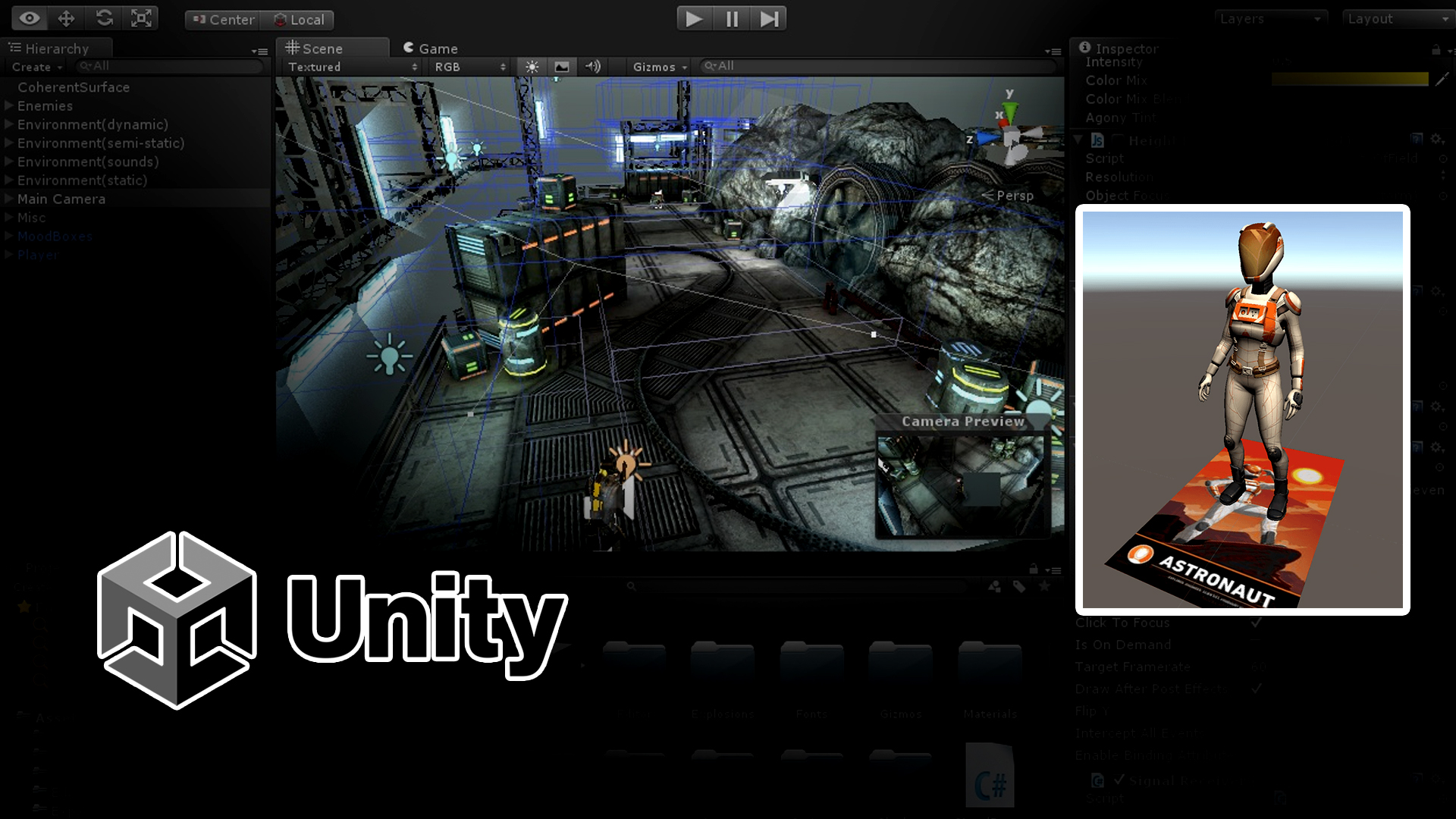In the realm of game development, virtual reality, and augmented reality, Unity Software stands as a powerful force, revolutionizing the way creators bring their visions to life. Founded in 2004 by David Helgason, Joachim Ante, and Nicholas Francis, Unity has evolved from a game development tool to a versatile platform that caters to various industries, including film, automotive, architecture, and more. This article delves into the multifaceted world of Unity Software, exploring its features, applications, and the impact it has had on the creative landscape.
-
The Foundation of Unity:
Unity Software was initially designed as a game development tool, providing a user-friendly interface and a robust engine for creating interactive and immersive experiences. Its core strength lies in its ability to cater to developers of all skill levels, from beginners to seasoned professionals. The engine supports both 2D and 3D development, allowing creators to build games and simulations across a wide spectrum of genres and platforms.
-
A Unified Ecosystem:
Unity’s success can be attributed to its unified ecosystem, which seamlessly integrates various tools and services. The Unity Editor serves as the central hub where developers design, prototype, and build their projects. The Asset Store, another integral component, offers a vast marketplace where creators can access a plethora of ready-made assets, plugins, and tools to enhance their projects.
-
Cross-Platform Capabilities:
One of Unity’s standout features is its cross-platform compatibility. Developers can create a game or application and deploy it across multiple platforms, including PC, Mac, mobile devices, consoles, and emerging technologies like virtual reality (VR) and augmented reality (AR). This versatility significantly reduces development time and costs while broadening the reach of a project.
-
Graphics and Performance:
Unity has consistently pushed the boundaries of graphics and performance. With features like the High-Definition Render Pipeline (HDRP) and the Universal Render Pipeline (URP), developers can achieve stunning visual fidelity across a range of hardware. Real-time global illumination, advanced shading techniques, and post-processing effects contribute to creating lifelike and visually appealing experiences.
-
Unity in Virtual and Augmented Reality:
As technology advances, Unity has been at the forefront of virtual reality (VR) and augmented reality (AR) development. The engine supports popular VR headsets and AR platforms, enabling creators to build immersive and interactive experiences. Unity’s XR Interaction Toolkit simplifies the development of VR and AR applications, making it accessible to a broader audience.
-
Collaboration and Teamwork:
Unity’s collaborative features facilitate teamwork and enhance productivity. With Unity Teams, developers can collaborate in real-time, allowing multiple team members to work on a project simultaneously. Version control, cloud storage, and project analytics streamline the development process, ensuring efficient collaboration from inception to completion.
-
Adapting to Industry Needs:
Beyond gaming, Unity has found applications in diverse industries. In film and animation, Unity’s real-time rendering capabilities have been employed to create pre-visualizations and even entire scenes. In architecture, Unity’s ability to visualize 3D designs in real-time has revolutionized the design and planning phase. The automotive industry leverages Unity for virtual prototyping and simulations, contributing to advancements in autonomous vehicle technology.
-
Education and Training:
Unity’s accessibility has made it an invaluable tool in educational settings. Many academic institutions use Unity to teach game development, computer graphics, and interactive design. The Unity Learn platform provides a wealth of tutorials, courses, and documentation, empowering aspiring developers to hone their skills and enter the industry with confidence.
-
Community and Support:
Unity boasts a vibrant and active community. Forums, social media groups, and events like Unite bring developers together to share knowledge, troubleshoot issues, and showcase their creations. Unity’s commitment to community engagement fosters a collaborative spirit, with developers freely sharing tips, tricks, and resources.
-
Challenges and Future Outlook:
While Unity has achieved remarkable success, it is not without challenges. The engine faces competition from other game development platforms, and the constant evolution of technology demands continuous innovation. Unity’s commitment to staying at the forefront of emerging trends, coupled with its emphasis on user-friendly interfaces and accessibility, positions it well for future success.
Conclusion:
Unity Software has undeniably left an indelible mark on the creative and technological landscape. From its humble beginnings as a game development tool to its current status as a versatile platform spanning various industries, Unity’s journey has been marked by innovation, adaptability, and a commitment to empowering creators. As technology advances, Unity Software is poised to remain a driving force in shaping the future of interactive and immersive experiences.

